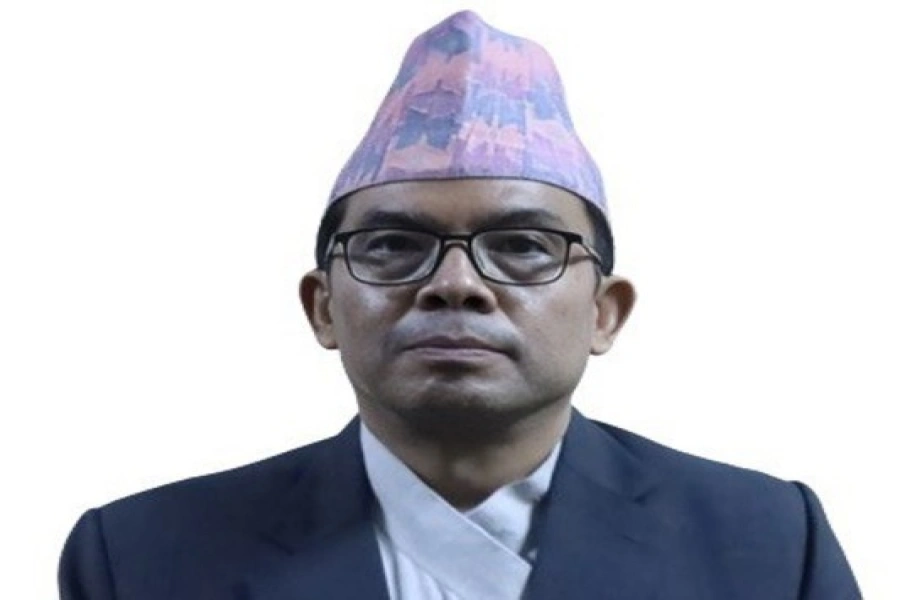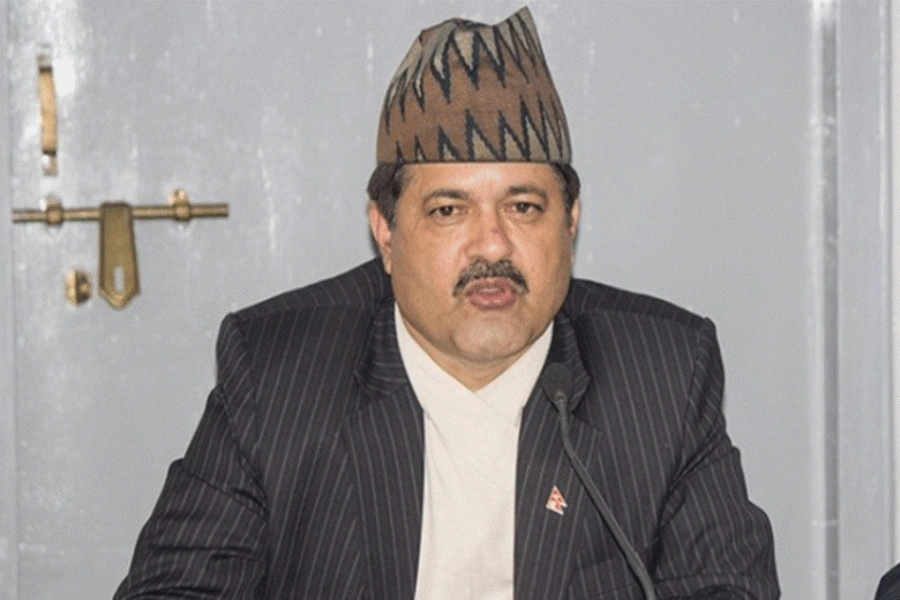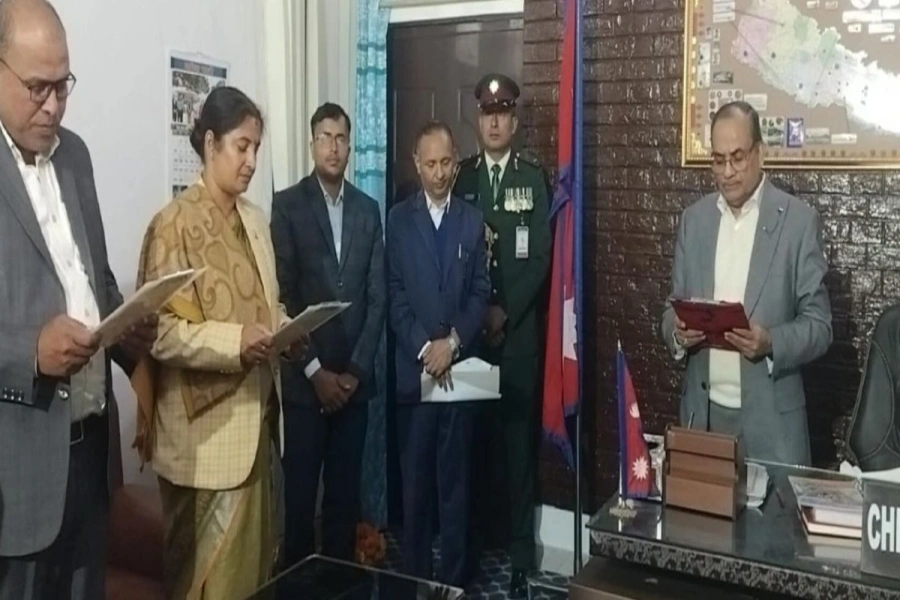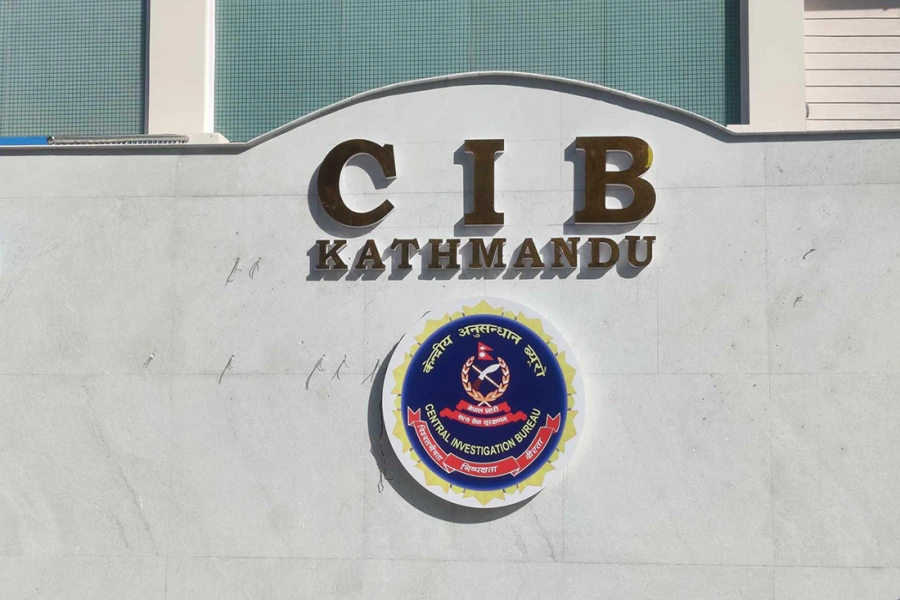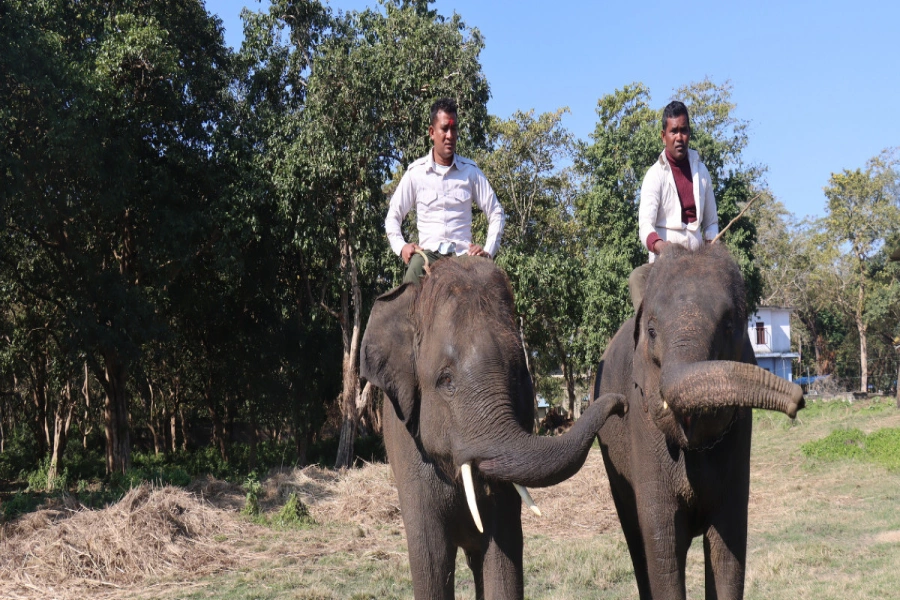The Regional Director for the United Nations Population Fund for Asia and the Pacific Björn Andersson says humanitarian crises are everyone's business. Harnessing the strengths of all sectors of society will determine how effectively we can prepare and respond to multiple, protracted and sudden onset emergencies.
The lights are flashing red as we look at the cascade of humanitarian crises in Asia and the Pacific. The economic crisis in Sri Lanka is just the latest in a staggering list of complex crises from Afghanistan to Tonga. These emergencies have a common thread: marginalised groups face greater barriers to access basic services, especially when it comes to their sexual and reproductive health and rights.
The expanding list of humanitarian responses demonstrates the inability of current systems to adequately meet the needs of all people in ongoing disasters, from climate change induced natural hazards to economic and political meltdowns. Devastating floods in Bangladesh have displaced millions since the start of the year and left tens of thousands without access to basic sanitation and menstrual hygiene. In Sri Lanka, pregnant women are waiting in fuel queues and hoping that hospitals have staff, supplies and medicine for them to have a safe delivery.
On World Humanitarian Day, we celebrate the courageous humanitarians responding to today's emergencies across Asia and the Pacific region. But we need to do more than expand our calls for funding; we need to expand our understanding of humanitarian crises, present and future. As we lurch from crisis to crisis that disrupt normality and security for millions in the region, we need to accept that we are all humanitarians in the age of emergencies and we all have a role to play to help our communities prepare and respond effectively.
Advisory task force recommends keeping marriage age at 18

This requires a societal mind-set shift. It means civil society and the private sector must be given space to take the lead in preparing communities with the resources and training they need to protect everyone, particularly the most vulnerable, before, during and after a disaster. Governments are key partners that can provide funding to empower schools, religious institutions, healthcare networks and women's groups with the supplies and skills to respond when emergencies happen.
Already today's humanitarians are our neighbors, teachers, colleagues and families. In the emergencies of tomorrow, it will be our community that provides frontline solutions and life-saving care. Supporting communities with the services and skills that uphold human dignity is everyone’s project for our collective good.
Earlier this week I visited Cox’s Bazar where I met with Rohingya refugees, the host communities and UNFPA’s partners, both governmental and civil society organizations. The Women Led Community Center, supported by UNFPA and our donors, and run by partners on the ground, offers both girls and boys life-skills that empower them and the knowledge to tackle gender-based violence. This is only one example of how various stakeholders come together, placing the notion of ‘It Takes a Village’ at the heart of our humanitarian response.
A collaborative mindset is critical in discussions about how to deliver, protect and maintain sexual and reproductive health services for the most vulnerable before and after emergencies happen. We should learn from the under-utilised power of civil society. Governments need to include more voices of health professionals, educators, business and community leaders, female entrepreneurs, young people and IT professionals in their emergency planning process. These diverse groups can take positive actions if they are included in planning and response.
More open and agile technology, like the Tupaiaproject that Beyond Essential developed in partnership with UNFPA creates transparency for sexual and reproductive health services and supplies in the Pacific, fused with the knowledge of frontline community groups will lead to better-informed partners for governments that can help solve the problems that future disasters will present.
An empowered civil society is important but it is just one part of a mosaic of solutions. Governments still need to support the skills, infrastructure and communications platforms that will be lifelines when floods, droughts, political crises or armed conflicts impact communities. Countries most impacted by disasters need to expand investments in government solutions like midwives, training and health centres. As we have seen in the response to the earthquake in Afghanistan, empowering midwives with emergency obstetric training saves lives, especially in remote areas.
In present and future emergencies, the collaboration of governments, civil society organisations and the private sector is absolutely vital. This resilient ecosystem of partnerships built on preparedness will continue to transform the future of humanitarian response and we all have a role to play in transforming how we handle emergencies. We need a seat for everyone to be at the table to ensure no one is left behind when disasters hit.
The author is UNFPA Asia-Pacific Regional Director.






